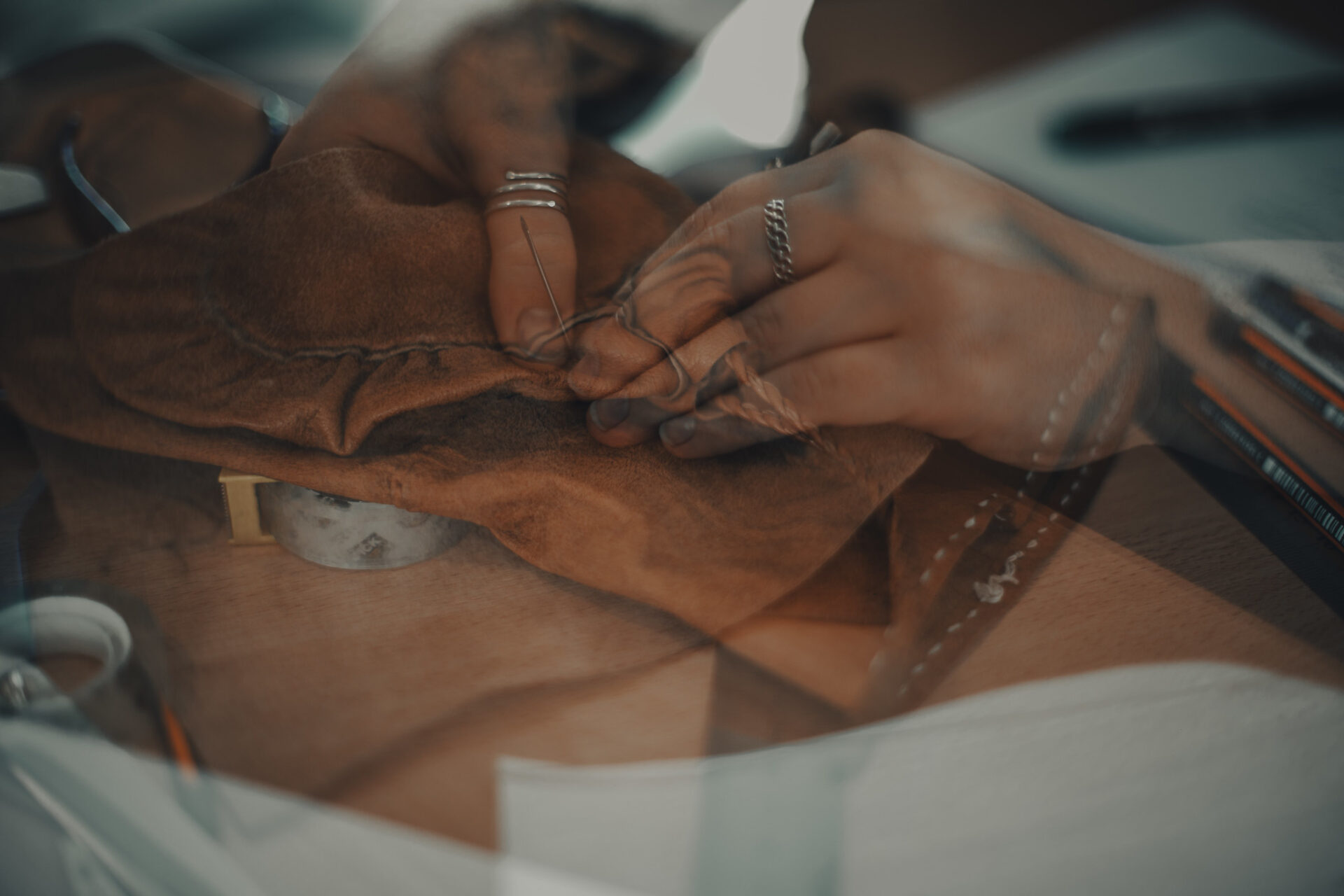
3rd Craft Symposium, from 18 to 22 March 2024 in Rauland, Norway
Long workshops
Long workshops (total length of 9,5 hours) took place on Wednesday, 20 March from 9:00 to 12:00 and from 14:30 to 17:00, continuing on Thursday, 21 March from 9:00 to 12:00.
Pay attention to the requirements for the workshop and the materials you might need to bring with you.
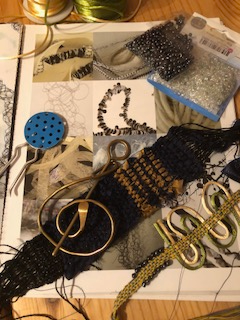
This workshop focuses on making belts and jewellery using the crios/reed technique. We will prepare various types of weft threads by cutting, sewing, knotting, etc. For the crios/reed technique, we will apply the Japanese saori technique. Additionally, we will make buckles for the belts ourselves.
We are going to make a traditional Estonian brooch out of copper. We are going to stamp the pattern on a sheet of copper and then we are going to saw it out. We will also do some soldering with silver solder and a propane torch.
See examples on Estonian Museums Public Portal: https://www.muis.ee/museaalview/2607527 https://www.muis.ee/museaalview/2167273
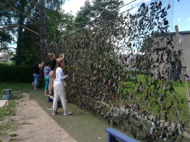
The workshop consists of three parts:
1) Introduction of the method.
2) Textile strip cutting: suitably shaped strips will be cut from textiles that the supervisor is taking with her from Estonia.
3) Camouflage netting: textile strips will be tied to the net that is stretched and fixed properly onto the support frame.
See pages 2-3 from Archaeological Textiles Review No. 64
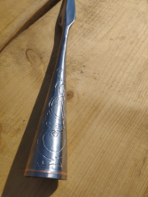
The spear is a weapon that has been in use for the longest time period in history. It was the most common weapon during the time when steel was expensive because it has a long range and it is also very practical in close combat. In this long workshop, we are forging spearheads: throwing spearheads for hunting (for less experienced blacksmiths) and combat spearheads (for more experienced blacksmiths).
Important: This workshop takes place outdoors, and warm clothes and shoes are necessary, preferably out of a natural material such as wool or cotton that does not easily catch fire.
Straw marquetry is a technique that uses different straw materials, like wheat or oats. In the preparation phase the straws are cut into lengths, then split with a knife and ironed with an ironing machine or hot mallet. After the preparations are done, the flat strips of straw can be cut and are then glued to a surface, creating a geometrical pattern or a picture. It is possible to colour the strips, which gives more opportunities to create shades and contrasts. The base of the work is going to be a small box. Participants can choose which areas of the box they would want to create straw marquetry for; a minimum would be one side or the top of the box.
To participate in this workshop, previous knowledge of using wood-cutting knives is required.
In this workshop, we make small cups or boxes out of green wood. First, we make a cylinder of green wood using hand tools, then we fit in a dry bottom. When the green wood dries, it will shrink around the bottom and make a tight bond. There will also be time for decorating your cup/box with chip carving or kolrosing.
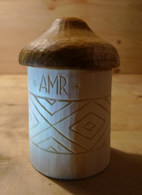
You will learn to make patterns, warping, and try different patterns and possibilities for belts and band.
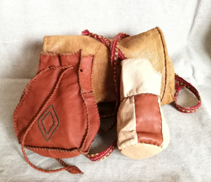
In this workshop, an introduction to traditional leather sewing techniques will be given. As a practical work, small bags will be made, using leather leftovers.
This workshop is suitable for beginners and participants with prior experience in leather work.
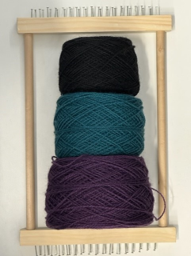
In this long workshop, we first make a small wooden weaving loom with hand tools. Then we weave a textile structure with a rya knot, inspired by our own cultural identities. After the workshop, you have a weaving tool and a rya art decoration to take home with you. To participate in this workshop, you should bring about 100 g of leftover yarn to share in our yarn picnic.
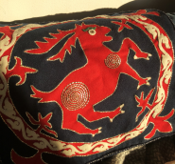
This workshop introduces a group of embroidery techniques that go back to the medieval period. The techniques, intarsia, and skarvsöm, use woolen cloth and leave no leftovers. We will use historical artifacts as inspiration and for study. The workshop starts with a short introduction of preserved objects, the historical context of the techniques, and a walkthrough of the importance that the Silk Roads had on pattern and design evolution. After that, there will be an introduction to the practical part of the workshop, including materials, tools, and techniques. To participate in this workshop, you should bring some scraps of woolen cloth (kläde) or velvet to bring to the fabric picnic.


